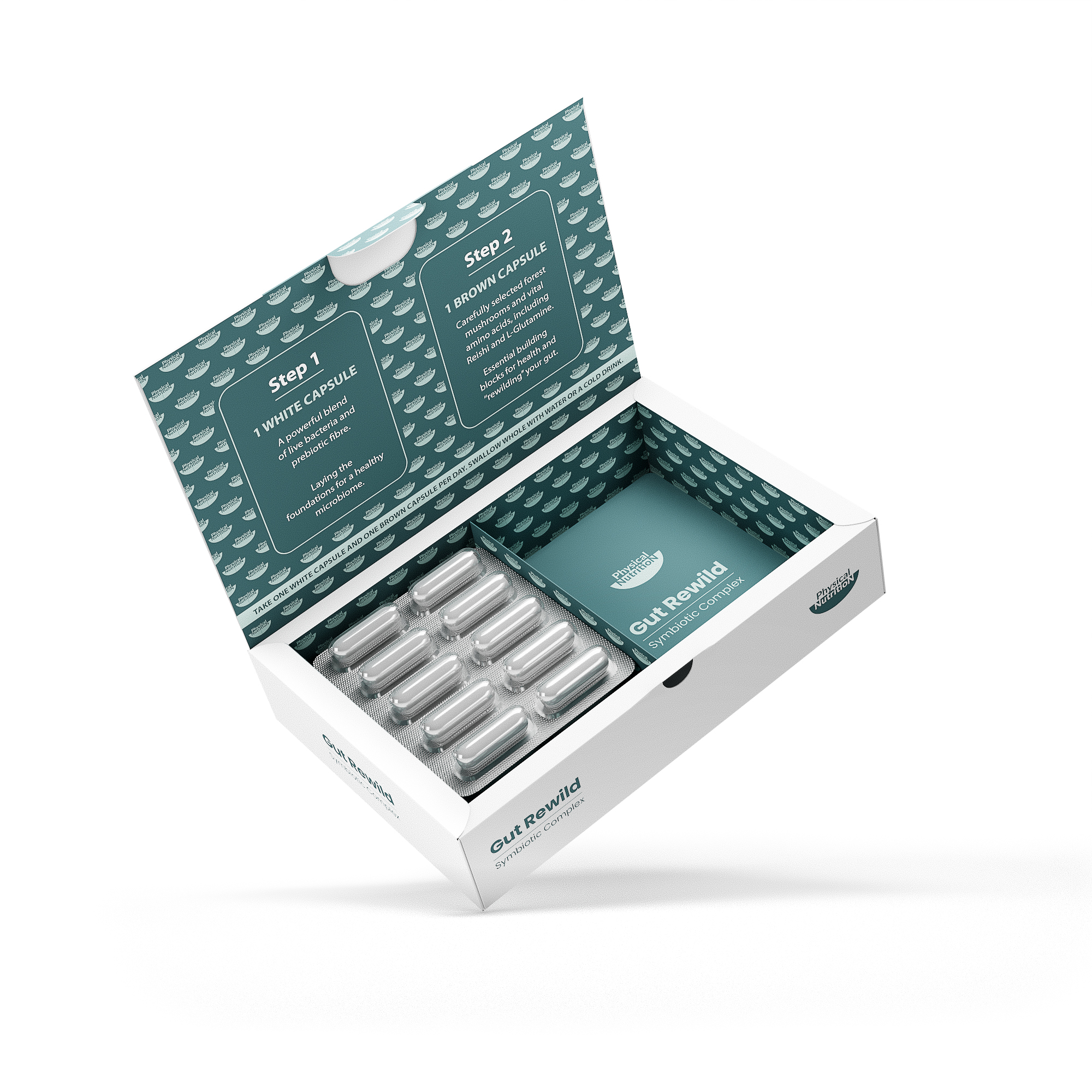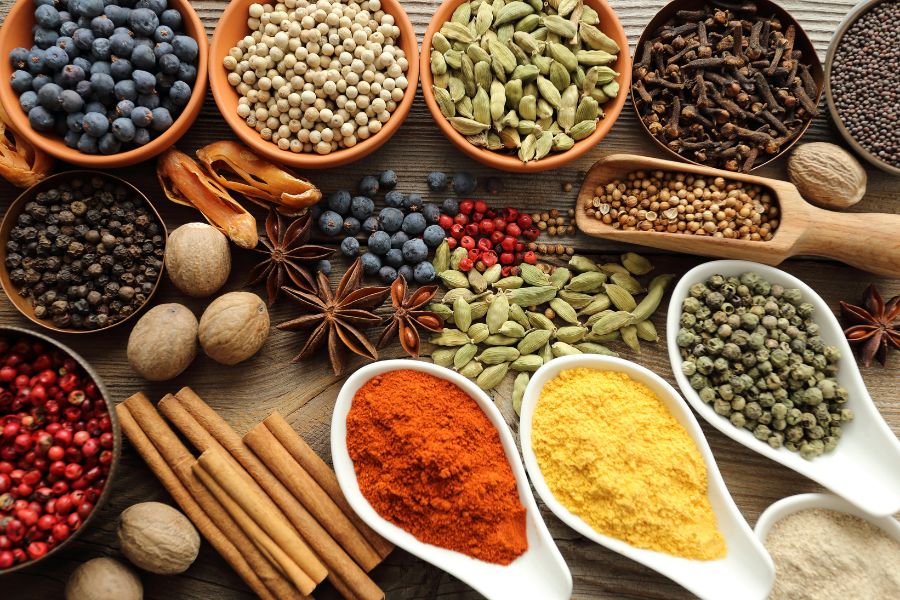Looking to experience life-changing results with Gut Rewild?
Then look no further…
Gut Rewild is specifically designed to support your digestive system and normal immune function.
Helping you feel energised and active with its game-changing pre- and probiotic formula.
And to help you maximise your results, here are our four favourite tips…
1. Keep At It
It goes without saying… Consistency is key with any supplement. Especially with one supporting your gut.
So make sure to take one white capsule and one brown with water every day, at least for 2 to 3 months.
We recommend taking your Gut Rewild roughly the same time every day.
This will make it easier for you to remember and create a daily habit.
2. Secret Superfoods
Fibre is essential, as it helps feed the good bacteria in your gut.
So alongside your daily Gut Rewild, you want to add plenty of fermented and fibre-rich meals.
Think of dark leafy greens, apples, berries, pears. Plenty of whole grains and legumes, as well as yoghurt, kefir and fermented vegetables.
The ideal variety for your gut to thrive.
3. Your Progress Path
There’s plenty of ways you can monitor your progress with Gut Rewild.
To help you stay focused, motivate you to keep going and even boost your mood!
So take note of how your digestion is feeling day in and day out. Keeping a health journal or even taking a few notes on your phone can be ideal.
You can even try taking before and after photos.
4. Sleep Rhythm
Quality sleep helps your body repair and regenerate. While disrupted sleep can increase inflammation and slow your digestion.
Negatively impacting your gut microbiome.
For this we suggest trying to go to bed and wake up at the same time every day. Even on weekends!
Aiming for at least 7-9 hours of sleep each night.
You’re just getting started…
Optimising your gut health is a journey involving more than just taking your daily supplements…
Small changes in your diet, sleep patterns and daily routine can have a big impact.
Helping you boost your results and stay consistent with your new health ritual. So you can feel your very best each day.
_______________________________________
Sources:
ncbi.nlm.nih.gov/pmc/articles/PMC3337124/#:~:text=The%20gut%20microbiota%20that%20resides,dysregulation%2C%20leading%20to%20autoimmune%20disorders
ncbi.nlm.nih.gov/pmc/articles/PMC5622781/
ncbi.nlm.nih.gov/pmc/articles/PMC5584023/
ncbi.nlm.nih.gov/pmc/articles/PMC5385025/







